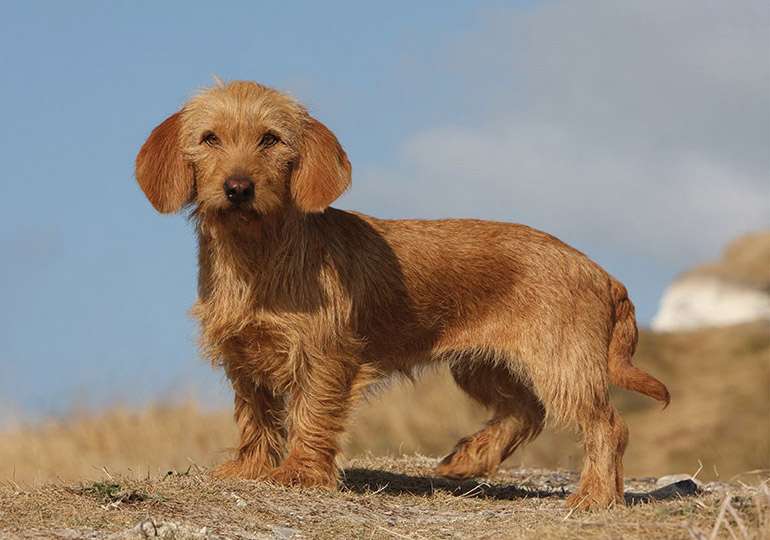
The medium-sized pointer is an English sporting dog breed with a short, smooth coat that can have different colors and patterns. The shape of the pointer is easily recognizable, and both its long head and slender tail assist in doing their task of guiding the hunter toward game. To guide the hunter in the appropriate direction, a pointer will stand tall and still with one foot raised off the ground, the tail extended, and the snout turned upward. Despite being designed to be dependable hunting dogs, pointers have evolved into lively, friendly, playful, and occasionally mischievous house pets.
Care as a Pet/ In Captivity
Plan to exercise your pointer a lot every day. Fortunately, its grooming requirements are rather simple, and the breed usually responds well to training.

Exercise
For a pointer, set a daily workout goal of at least two hours. Long walks, runs, rides on bikes, hikes, and playtime are all excellent forms of exercise. Numerous pointers also take part in canine sports like agility and tracking, which can help them mentally and physically. A pointer may exhibit problematic tendencies in the home, such as overeating, if it doesn’t get enough cerebral activity and stimulation.
A pointer should ideally have access to a yard that is securely fenced so it may run around and burn off energy. Make sure to either keep your dog on a leash or in a gated area when you take it outside. Otherwise, a pointer might run off after what it thinks is prey due to its high prey drive.
Nutrition and Diet
Your dog should always have access to fresh water. Give your pointer high-quality, nutritionally balanced dog food. With your veterinarian, go over the type and quantity of food. It’s typical to eat two measured meals every day. However, you might want to offer smaller, more frequent meals because pointers are prone to bloat and potentially fatal stomach twisting1, which can result from eating too soon. Food puzzles can also encourage people to eat more slowly.
Grooming
The pointer doesn’t drool or shed a lot. To balance skin oils and remove loose fur, brush your pointer once a week. Depending on how dirty your dog gets, aim for once a month or less. At least once a week, check its ears for debris, wax buildup, and other anomalies. Additionally, around once a month, examine your dog’s nails to see if they require trimming. Attempt to do it every day.
Table





